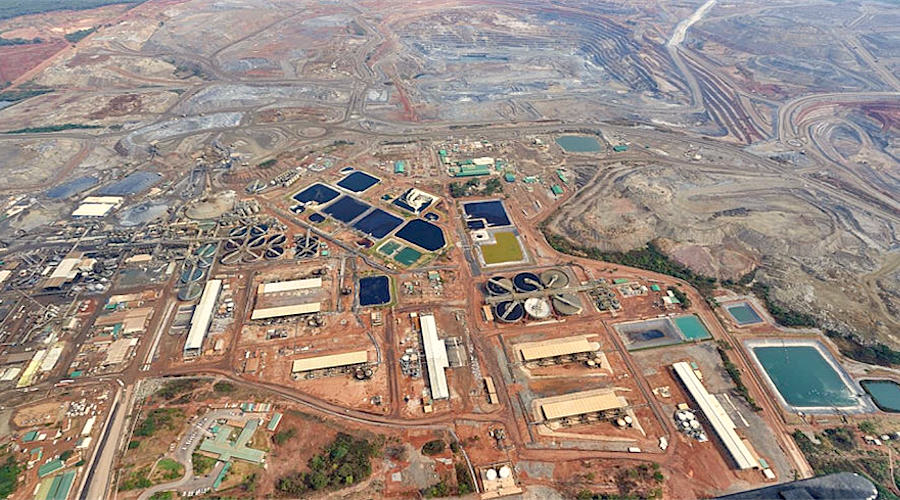
Canada’s First Quantum Minerals (TSX: FM) has inked a deal with Zambia’s Mimosa Resources to fast-track their joint development of the Fishtie copper project in the African country’s Central Province, near the border with the Democratic Republic of Congo.
The companies, which have been exploring the asset since 2012, now see Fishtie kicking off production in 2026, ramping up production to 30,000 tonnes of copper a year by the end of the decade.
Mimosa currently owns 37.5% of Kashime Copper Ltd, which holds the Fishtie project. The agreement with First Quantum will see Mimosa’s stake grow to 75% through the completion of a feasibility study and the raising of the necessary financing to take the project to technical completion, the companies said.
Each stage of development is time-bound to ensure the project is brought into operations within a reasonable timeframe, they noted.
First Quantum has also committed to finance and conduct exploration within the wider licence area, outside of Fishtie. Mimosa Resources will lead the raising of a total investment of $200 million for the project.
The agreement comes at a time when First Quantum is being asked to close its giant copper mine in Panama, which accounts for about 1.5% of the world’s production of the metal. The operation makes up about 5% of Panama’s GDP and 75% of its export of goods.
Zambia, which has unveiled plans to triple its copper output by the end of the decade, recently reviewed its tax policy to increase investment in the sector.
“We are determined that this resource should be developed now that the investment climate in Zambia has improved,”First Quantum Minerals country manager, Godwim Beene, said in the statement.
“In the search for a genuine ‘social licence to operate’, we believe that Zambians need to play a leading role in the country’s future mining development,” Mimosa Resources executive chairman, Jordan Soko, said. “As such, we believe this will not only be a step forward for the Fishtie project, but also for mining in Zambia more generally.”
First Quantum’s presence in Zambia, Africa’s second-largest copper producer, also includes the Kansanshi mine and smelter in Solwezi and the Sentinel mine in Kalumbila.
7 Comments
Augustine
When the citizens get benefits, the ruling Government had got philosopher
Tandu Somanje
Kansanhi is not located in the Zambia’s Central province. It is located on the Copperbelt. Please do your homework.
Cecilia Jamasmie
The Fishtie copper project is in Zambia’s Central province. The photo of Kansanshi is only to show one of the assets First Quantum has in Zambia. The article doesn’t talk about Kansanshi, which is indeed near Solwezi, in the North Western Province of Zambia and has been First Quantum’s flagship operation since 2005.
Griffin chikuwa
That is true
G. Chilufya
These are the foreign investment tricks we Africans now know about and are fighting. First Quantam’s copper exports from Panama make up 75% of its total exports, while it only contributes a mere 5% of that country’s GDP. Why!! One would also note that of the Billions of Dollars raised from these copper sales, 90% is received and banked in Canada or some other offshore accounts abroad. How can our developing countries’ economies develop and how can theforeign exchange rates of our currencies be favourable? This is modern slavery. Also the selling prices of these minerals are determined by the super power bodies, such as LME, when no minerals are mined in London. This has to stop. If it does not then all developing and resource-rich countries will now join BRICS and forcibly this unfair world economic order.
John Sajo
They want some one to pay for what panama people did and it will be us Zambians through solwezi minerals, and what is funny is that fqm had way better wages and terms/conditions to its employees compared to charity organisations zambia, but people reacted to the wrongs…. Here in zambia and these leaders and there masters will appreciate this like a dog eating poisoned stake
Evans
As these companies grow,let them also look after it’s employees very well and the cities they’re operating from